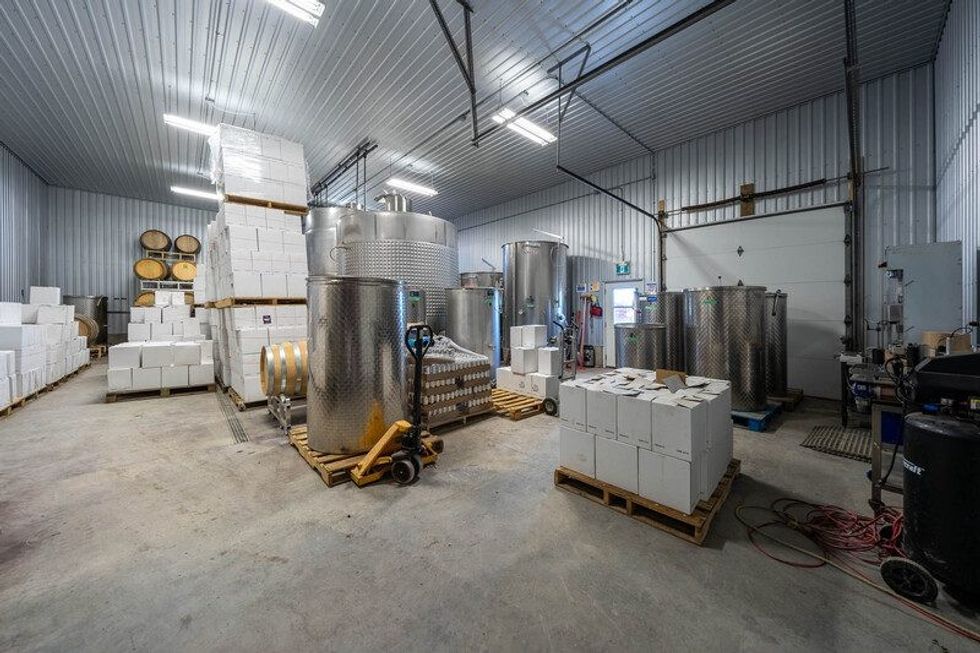The industrial sector of the GTA’s real estate market has never been stronger and some bullish landlords are looking to take advantage of robust rental appreciation with shorter leases, says a new report from Colliers.
“It started within the last six to nine months, and while I wouldn’t say most landlords prefer this strategy, there are some on the more bullish end of the spectrum who are entertaining three- to five-year lease terms on existing and new construction assets,” said Colin Alves, an industrial broker with Colliers, who added that he works two shifts a day to keep up with the market’s frenetic pace of activity.
Propelled by a 0.3% vacancy rate, the average leasing price per square foot in the Toronto region’s industrial market is $12.66, but Alves says that, extrapolating with new construction, it’s closer to $14 per square foot today and slated to rival suburban office rents, which tend to skew high.
“We’ll announce deals this quarter that will be in excess of $16 per square foot,” Alves said. “We’re bumping into suburban office rents, which, historically, yield higher lease rates because they’re more expensive to build. It’s $16.82 per square foot for suburban office, according to our report, but we’ll see industrial rents north of $16 this quarter. It’s incredible.”
Searing Demand Means Landlords Hesitant to Lock in for Longer
Industrial leases typically have 10-year terms but rents in the GTA appreciated by 5% in 2021, up from 2-4% in recent years because of astronomical demand, which Colliers estimates is in excess of 25-30 million square feet, and a scarcity of inventory. With only around 10 million square feet in the development pipeline, 80% of which Alves believes will be delivered in the second half of this year, some landlords are betting the horizon will remain propitious for years to come.
“Some very smart pension fund managers who think the annual escalation they’re seeing in leases of 4-5% is going to be far exceeded by market rents in the next few years, therefore, why would they want to lock them up in 10- to 15-year leases? If they get their building back in the next few years, there will be a lineup of occupiers to step into that building,” Alves said.
Finding a Space an Increasing Challenge for Manufacturers
With rampant bidding wars for lease space in the GTA, landlords hold all the cards and some tenants have become less desirable than others. Although a potential tenant’s covenant strength is the ultimate determinant of whether or not they’re permitted to rent a facility, logistics firms—of which there’s no shortage—for example, have an easier time finding accommodations in the GTA than manufacturing companies that fabricate metal or process resin. Consequently, many manufacturers are being pushed further afield.
“Manufacturing companies are looking at different areas and other options further north, or where there’s more space so they have more outside storage for their products and materials,” said Diana Hoang, Founder and Managing Director of Spear Realty. “The manufacturing companies normally compromise to different locations, further northwest, like Cambridge, Burlington or Hamilton. They tend to be in older buildings with lower clear heights, and those are the buildings they look at as opposed to paying a higher rate just to get into a nicer building because most landlords typically want cleaner uses as opposed to manufacturing companies.”

Escalating rents is great news for landlords, but Alves says that if they keep rising at the current rate it will put too much pressure on tenants’ overheads. He surmises that consumers could ultimately bear the brunt of escalating industrial rents.
“Presumably, consumer products are going to pay for these rents, as well as supply chain disruptions and other contributors to inflation that we’re seeing,” Alves said. “If we look at who the occupiers of leasing space are, they generally support consumer demand and the growing population in the GTA. A shift from brick and mortar to online is compounding it, which results in the cost of goods increasing. Furniture, televisions, groceries, those things will continue to increase in cost.”





















